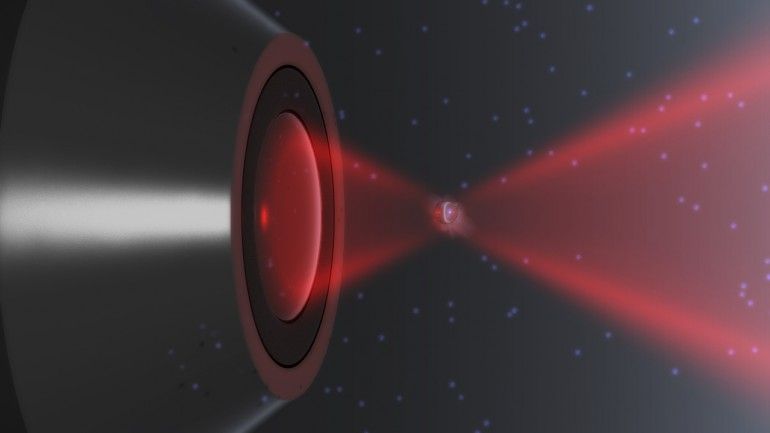CERN bets the planet on the early Einstein having been wrong. Let me explain.
After having founded special relativity in mid-1905, the early Einstein held fast to the speed of light c being a global constant of nature for another 2 ½ years. Only in December of 1907 did Einstein switch to the view that c was only an everywhere locally, but not globally, valid constant of nature.
In 2008, results proving that the early Einstein of 1905 was right started to appear in the scientific literature. For example, quantum electrodynamics combined with the equivalence principle (Schwinger) shows this. Up until now, no counterproof is in the literature.
In light of this renaissance of the early Einstein, a previously noncontroversial policy of the famous CERN consortium turns out to be problematical: their refusal to update the outdated Safety Report of mid-2008. Demanding this update has become a priority issue for everyone who learns about its lack.
The return after a century to the global constancy of c of the early Einstein implies that man-made black holes – which CERN tries to produce in its soon to be re-started particle collider – are different: They are undetectable to CERN’s detectors. This fact renders the experiment strictly speaking unscientific. Most important, however: if but one specimen of the invisible hoped-for objects is slow enough not to fly away into outer space, it is going to grow exponentially inside earth to turn the planet into a 2-cm black hole after a silent period of a few years in accordance with the laws of exponential growth.
As long as CERN is unable to publicly contradict this scenario in an update of its famous 6 years old Safety Report, they cannot re-start the Large Hadron Collider on logical grounds.
It all boils down to the question: “Who of the two Einsteins – the early one or the 2 ½ years older one – was right?”
(For J.O.R.)

